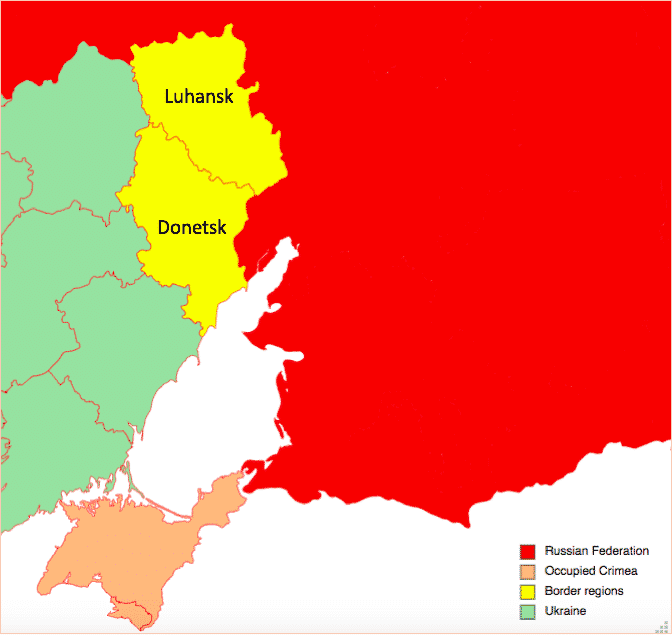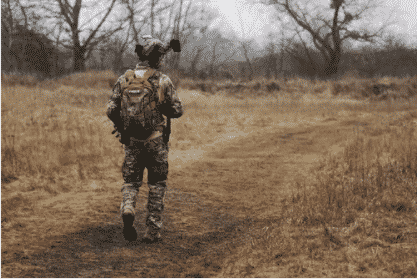Over the past year, tensions between Russia and Ukraine have been escalating once more. Now, Ukraine and the USA agree that Russia could be planning an attack on eastern Ukraine early next year.
The head of the Ukrainian intelligence agency believes Putin is gearing up for an incursion in late January or early February of 2022, stating such an attack would be more devastating than anything as yet seen.
The White House has also been working on strategies to deter a potential invasion, and has called on its allies for support. US Secretary of State Antony Blinken has been touring Europe since the end of November, meeting with NATO allies to share intelligence. In June this year, the US suggested plans to give $250 million for training and equipment to bolster Ukraine’s self-defense.
Tensions between the US and Russia have also grown in recent days as Russia announced it would force a premature return of US diplomats and their families on December 1st. The Kremlin claimed it had no choice but to retaliate after more than 50 of its own diplomats had visa extensions refused by the US.
What is the ongoing conflict between Russia and Ukraine?
The two countries have been warring over Ukraine’s territorial integrity for years. In 2014, Ukraine’s pro-Russia president Viktor Yanukovych was removed, and Russia retaliated by illegally annexing Crimea. The ensuing conflict has claimed over 14,000 lives.
Putin claims that parts of eastern Ukraine, especially the regions of Crimea and Donbas, have large populations of Russians and separatist pro-Russian Ukrainians, and thus should be ceded to the Russian Federation. He has recently claimed Ukrainian history is Russian history, and framed Russia as a saviour of Ukrainians.

Why might an attack be imminent?
Ukrainian Brig. Gen. Kyrylo Budanov has reported more than 92,000 Russian troops have been massed in their border zone, and claims Russia is also increasing weapons systems in occupied Crimea.
US officials say their intelligence goes beyond the Russian troop build-up, but have not specified the exact nature of these concerns.
Putin also sent 100,000 troops to the border region earlier this year, which were then withdrawn. This tactic of repetitive troop-massing and then withdrawing may well be intended to create a ‘boy who cried wolf effect’, so withdrawal is always assumed, even when an actual attack is imminent.
Many Russia watchers believe Putin is also pulling strings in the Poland-Belarus border crisis, as Belarus is known to act primarily on Russian orders. Some say the crisis has been engineered as a diversion tactic for a Ukrainian incursion.
These speculations come as President Biden is preparing to meet with Putin virtually later this month, where he has said they will talk about the situation. Some officials say sending thousands of troops could be a bargaining tactic for Putin to secure concessions or meetings. After the previous build-up, Putin landed his first high-profile summit with Biden.

But the extent to which the US and NATO would be willing to intervene is ambiguous, and a resolution remains vague. “There’s this tension between getting rid of the crisis in the near term — let’s throw another summit at Putin — and the longer-term imperative,” one official told the Washington Post. “If you offer concessions, what do you teach them and China? You teach them to manufacture crises because you get concessions.”
Follow Maddie’s journalism journey on Twitter.
Sign Up To Our Free Newsletter